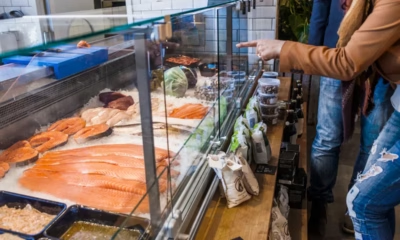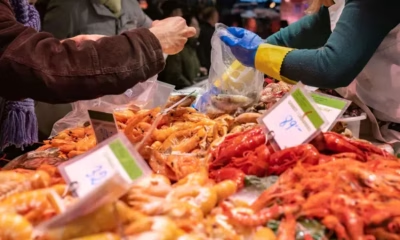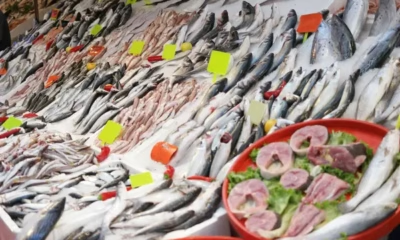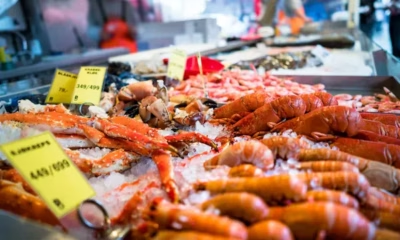Seafood
A Strategy for Minimizing Seafood Merchandising Errors

Seafood Merchandising Best Practices That Reduce Errors and Boost Sales
Seafood merchandising best practices play a critical role in minimizing waste and improving sales in the fresh food department. Errors often occur when teams rely on outdated methods or act without data-driven strategies.
Treat Seafood as a Dynamic, High-Value Category
Seafood is not static. It changes constantly and requires fast, informed decisions. Many retailers mismanage seafood by prioritizing aesthetics over turnover. Overstocking slow-moving species and missing high-demand items creates waste and reduces profit.
Running out of seafood during promotions damages customer trust and store reputation. Better coordination between merchandising and store operations prevents these shortages. Analyze past events and adjust shipments for future demand more effectively.
Align Teams and Data for Better Execution
Retailers often price inconsistently because they lack competitive benchmarks or fail to understand customer perceptions of value. Without real-time data, shoppers learn to skip the seafood case except for deals.
Successful seafood merchandising requires clear communication across procurement, merchandising, and store operations. Sharing performance data ensures quick responses to shopper behavior and supply trends.
Seafood merchandising best practices include investing in tools that make insights actionable. Visual dashboards and store-level playbooks support smarter execution across all locations.
Test, Learn, and Simplify Strategy
Retailers should use loyalty data and A/B testing to refine displays and promotions. Cross-training store staff ensures seafood knowledge is widely distributed, not siloed. Simplified plans improve adoption and reduce operational strain.
Focus quarterly on one or two tactics with the highest return. Gradual changes avoid overwhelming teams while delivering measurable results. Clear benchmarks and supplier collaboration support ongoing refinement.





















